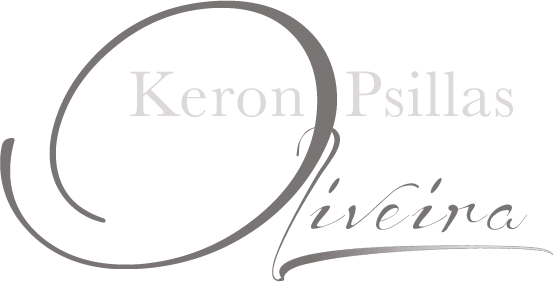A caveat: I am not a scholar….I am not a philosopher…..I hesitate to write about this subject as so many have come before me and written profoundly and with tremendous compassion and knowledge. I offer my thoughts as a simple commentary from a caring human that happens to use a camera to add to the dialogue.
Terezin (or Theriesenstadt as it is more widely known) was a jolt. Having a cup of tea in what turned out to be one of the workshops for the inhabitants of the ghetto was simply surreal. The waiter, the furniture, the strange green gray paint on the wall, cobwebbed windows and the slightly dirty table cloth created an atmosphere of such oppression. It felt like all life had been drained from this town and in its place was poured inertia and darkness. I was unprepared for the fact that people LIVE in this town. I kept looking around for the “site” and then realized I was standing IN the site. This helped to explain the feeling that I was walking in a gray airless space.
After walking the perimeter I left the town and went to the Small Fortress. The town of Terezin was built originally as a fortified garrison town. To the north lies the small fortress…what became a center of torture and death for Czech political prisoners and resistance figures, locals accused of aiding prisoners, and people from Terezin who had defied some rule or conspired in some way to make life a little better. Again, the juxtaposition of horror (the cells of the fortress) existing within 30 feet of lovely homes and lawns (the lodging for the commandant and adjutants) filled me with revulsion and anger.
I walked through the fortress…..learned that it is a place of deep sadness for Czechs as so many of their heroes died here…..and learned about the citizens who risked their lives and often lost them to help a prisoner. Smuggling a letter or trying to get a bit of food for a prisoner was punishable by death, after having been tortured. The Small Fortress at Terezin is a blessedly silent monument to martyrdom, to true heroism, and to the values that compelled citizens to try to help, even in the smallest ways.
I went back to the town to visit the Ghetto Museum. This is a large building that borders a small park, with big leafy trees that line the sidewalk. It is housed in what was a boy’s dormitory. More than 10,500 children passed through Terezin from 1940 to 1945. Less than 300 survived. Walking the halls of the museum and looking at all the children’s drawings ~ of holidays, of seasons, of family and of home ~ was heartbreaking. And then beneath the incredibly precious works of art the artist’s name, birth date, and date and place of his or her death is inscribed. What can anyone say when faced with this much loss? Humanity’s loss? Photographs were forbidden and I certainly didn’t want to disrespect the memory of the children and their heart’s work…..but I did make a photo of a small part of a wall….just one of many….that was inscribed with the youngest victim’s names. I made it in a way that I hope invokes the feeling of their departure, but also their journey to a better place…..surrounding us all in the air we breath and the molecules that pass through us in each moment. They are us and we are them.


Thank you for the perspective, emotionally and photographicly.
Hi Riley,
Thanks for checking the blog. : )
See you soon!
k
Keron:
These are some of your most powerful shots ever. I was particularly moved by the one that features a tunnel view of the doorway. I just think of the hundreds of children that watched that door open in terror, knowing it meant their death. And while you were shooting in color (I believe) the photos are almost in black and white. Just chilling
Cath
Thank you so much! Thank you, too, for the insightful comments before. All good thoughts and gratitude to you…..k
Keron Psillas. http://www.tanatyva.com http://www.keronpsillas.wordpress.com
Perhaps not a scholar..nor philosopher. Nonetheless – the way in which you are describing your experience of being in this place and space that has witnessed such horror – is powerful and moving. Thank-you!